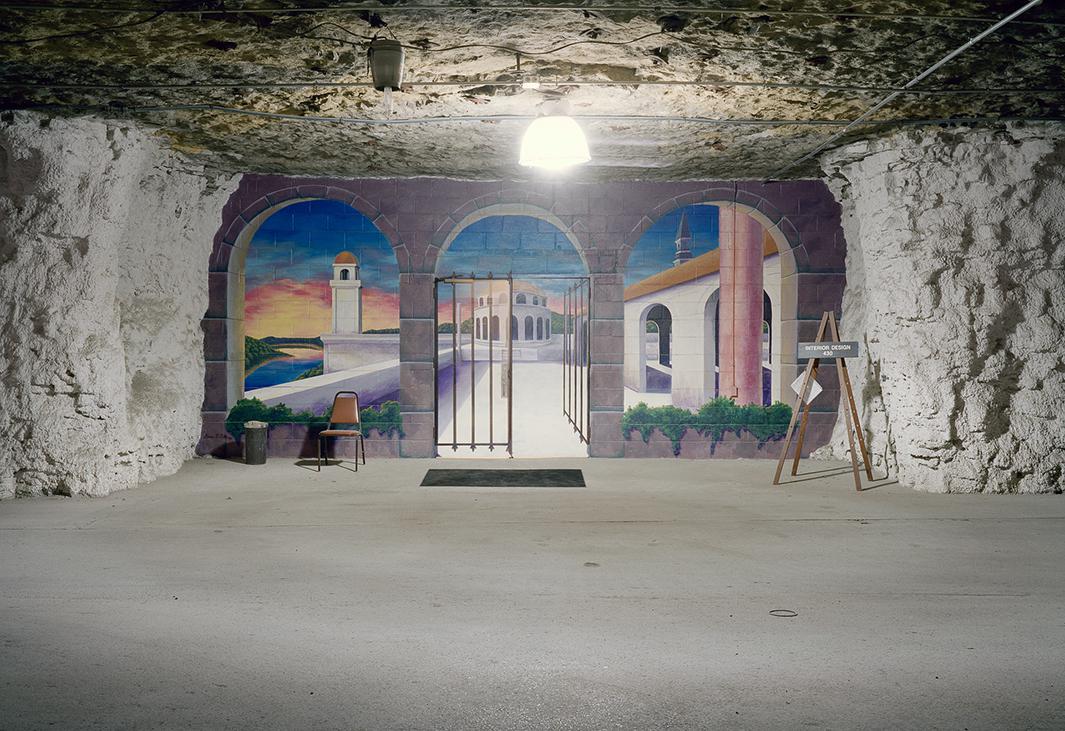Wayne Barrar had long been photographing mines when he started to wonder what became of the mines after they were depleted. As he found while creating his series, “Expanding Subterra,” many are well suited to be transformed into other types of spaces, including offices, libraries, and even paintball fields.
“The major benefits of these sites are their security and their stable surprisingly dry and mild environment. They are cheap forms of industrial architecture,” he said via email.

Wayne Barrar
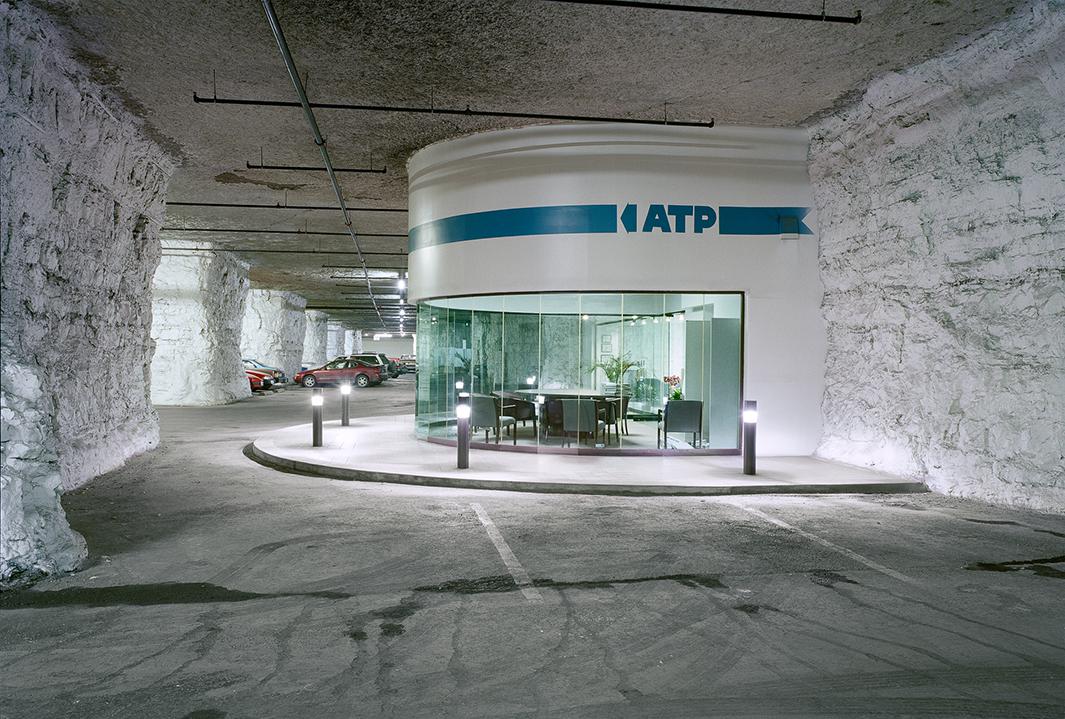
Wayne Barrar
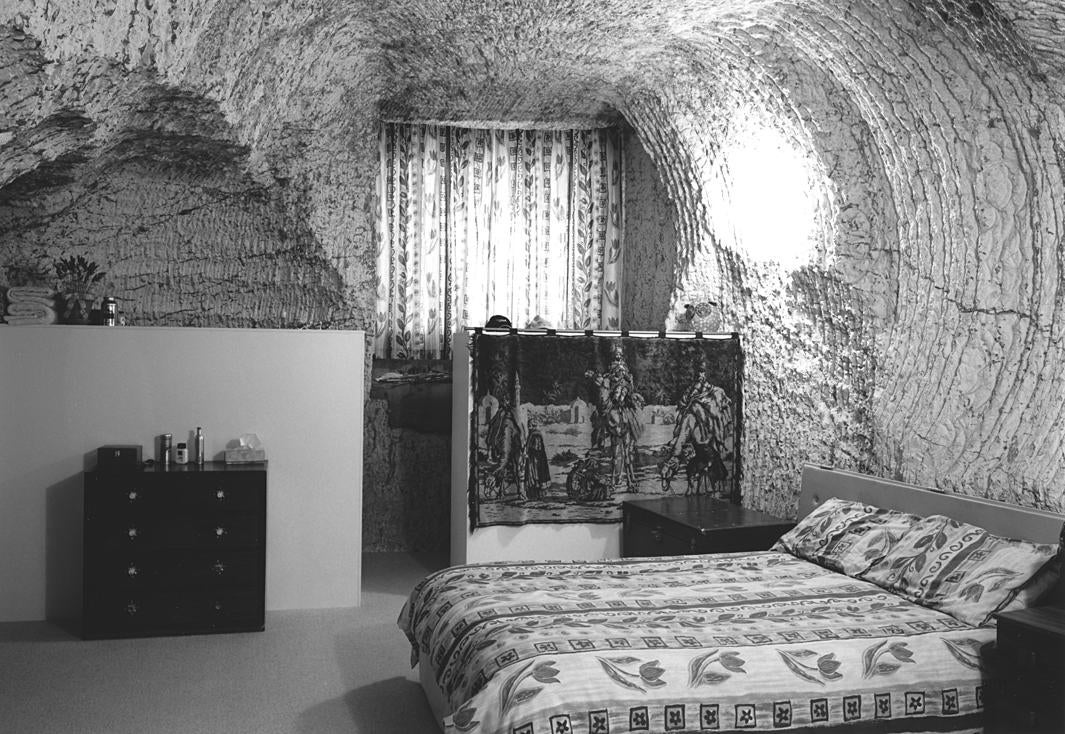
Wayne Barrar
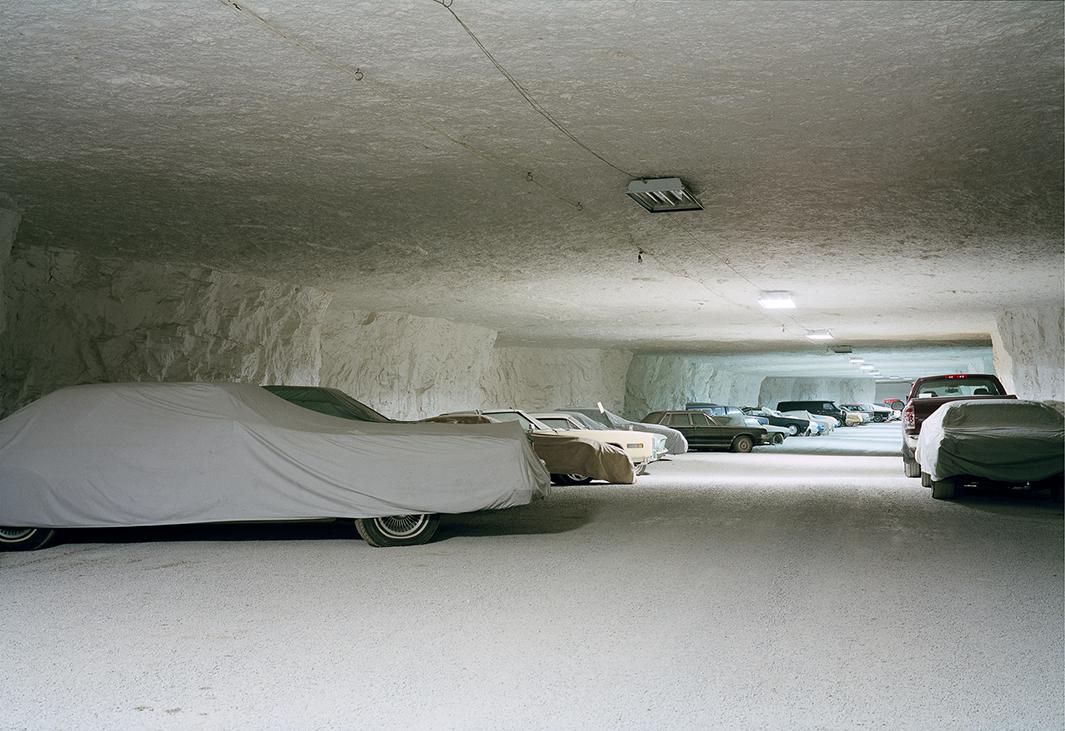
Wayne Barrar
Barrar started the series, which is ongoing, in the Australian opal mining town of Coober Pedy. The temperatures are so hot there in the summer that people who worked in the mines transformed them into cool and comfortable underground “dugouts.” At least half of the town’s residents now live in them. One even houses an indoor pool. “These are exotic vernacular spaces that make life possible and comfortable in a harsh environment. Domestic in scale but very varied and personalized by their builders,” Barrar said.
In the seven years since, Barrar researched mining areas and soon found specific regions with large concentrations of either salt or limestone mines. Kansas and Missouri, he found, are among the places in the U.S. with the most mines adapted for new uses. He has also photographed former power stations and a few spaces that continue to function as mines even as part of the area has been turned into something else.
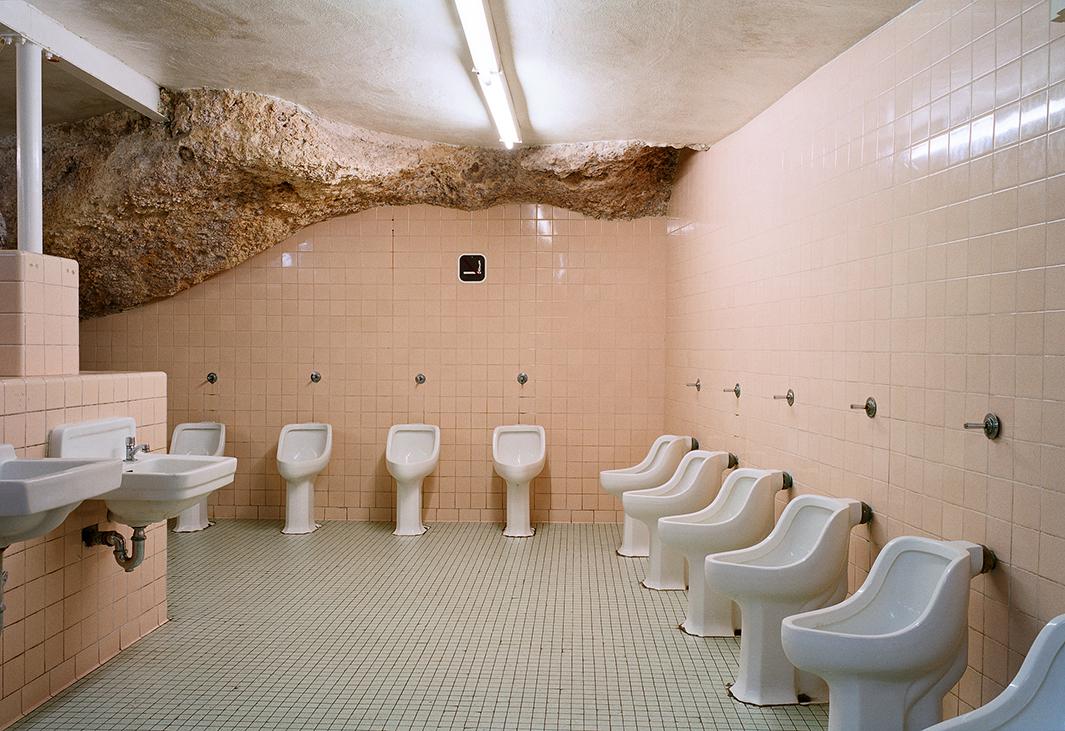
Wayne Barrar
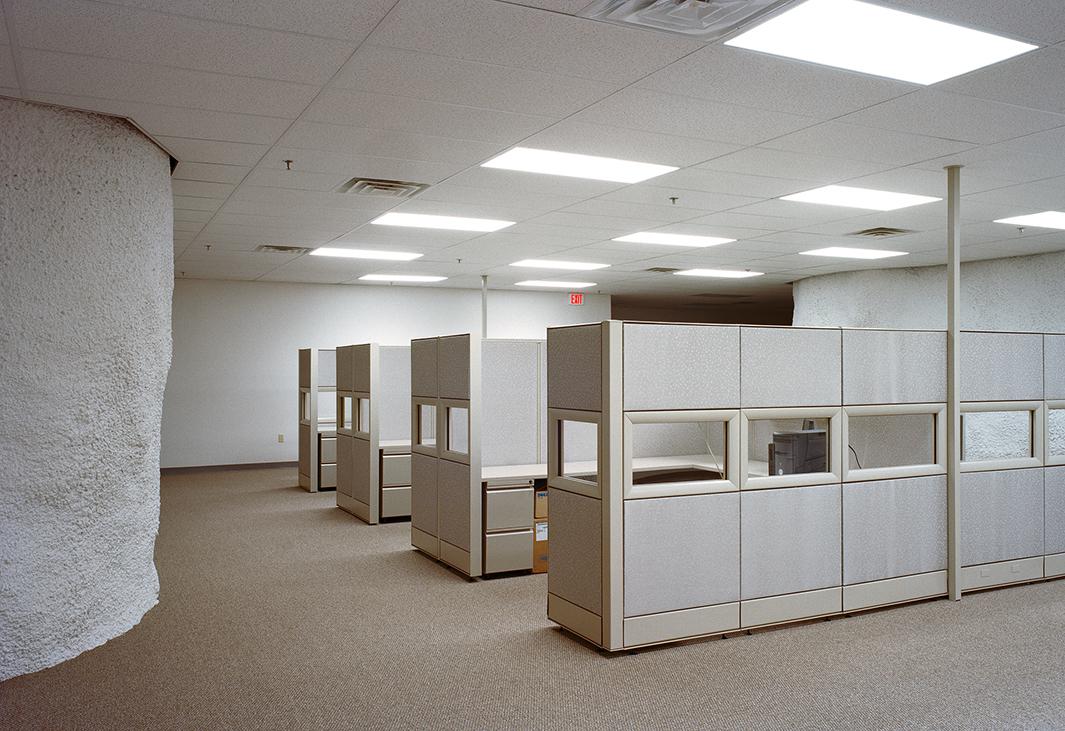
Wayne Barrar
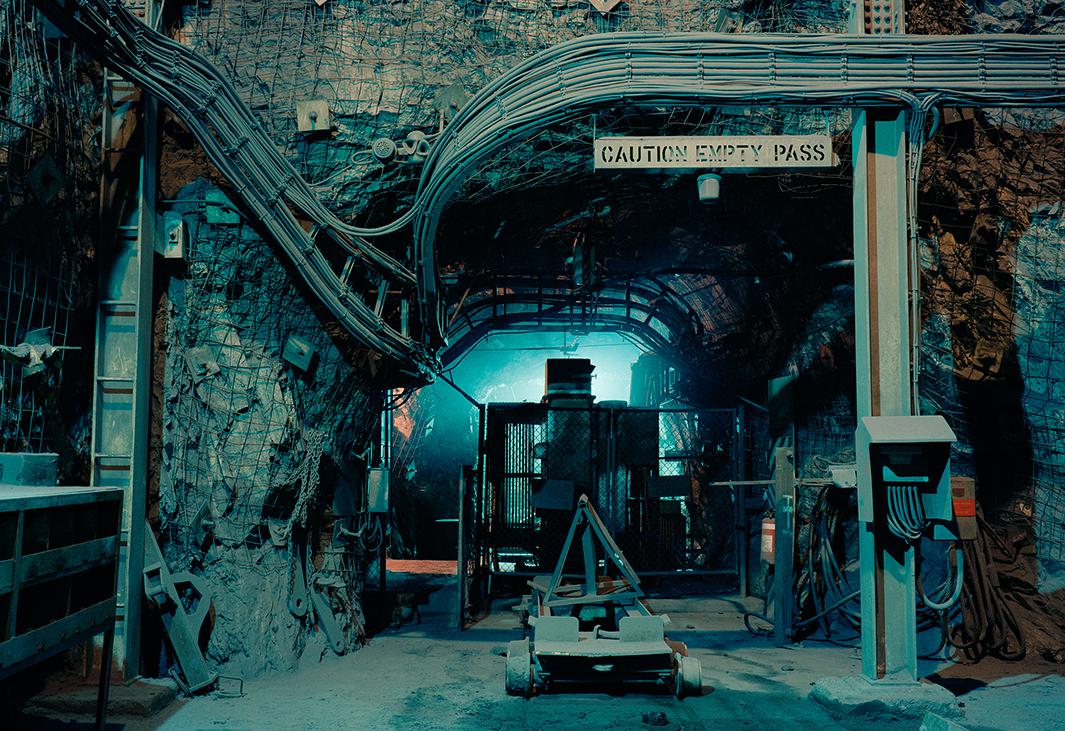
Wayne Barrar
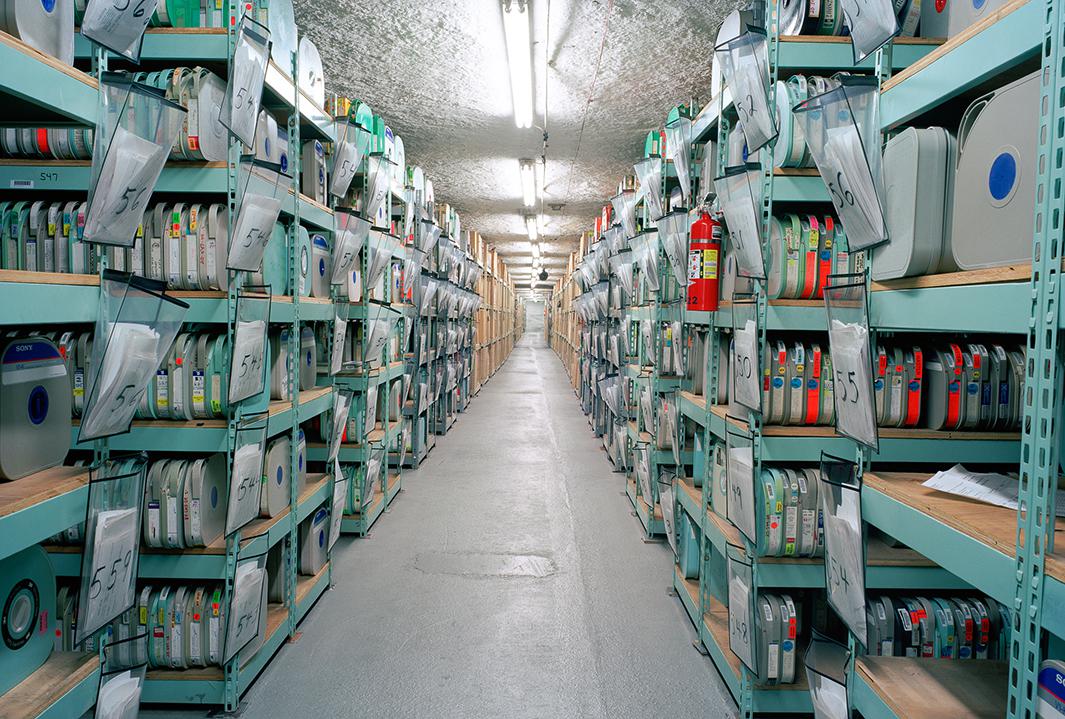
Wayne Barrar
Frequently the former industrial spaces Barrar photographs have served more than one purpose. Missouri’s Parkville Commercial Underground, a former limestone mine, has housed light manufacturers, an engineering firm, several wine wholesalers, and a food manufacturer, among others. Pennsylvania’s Wampum Underground Storage Center, which currently offers office and warehouse space as well as storage for vehicles, once served an entirely different purpose when it became a location for the 1985 film Day of the Dead.
As Barrar continues to photograph these spaces, he hopes his series serves to make viewers “surprised and fascinated by human ingenuity and endeavor.”
A selection of images from “Expanding Subterra” will be on display at the University of Idaho’s Prichard Art Gallery starting June 12.

Wayne Barrar
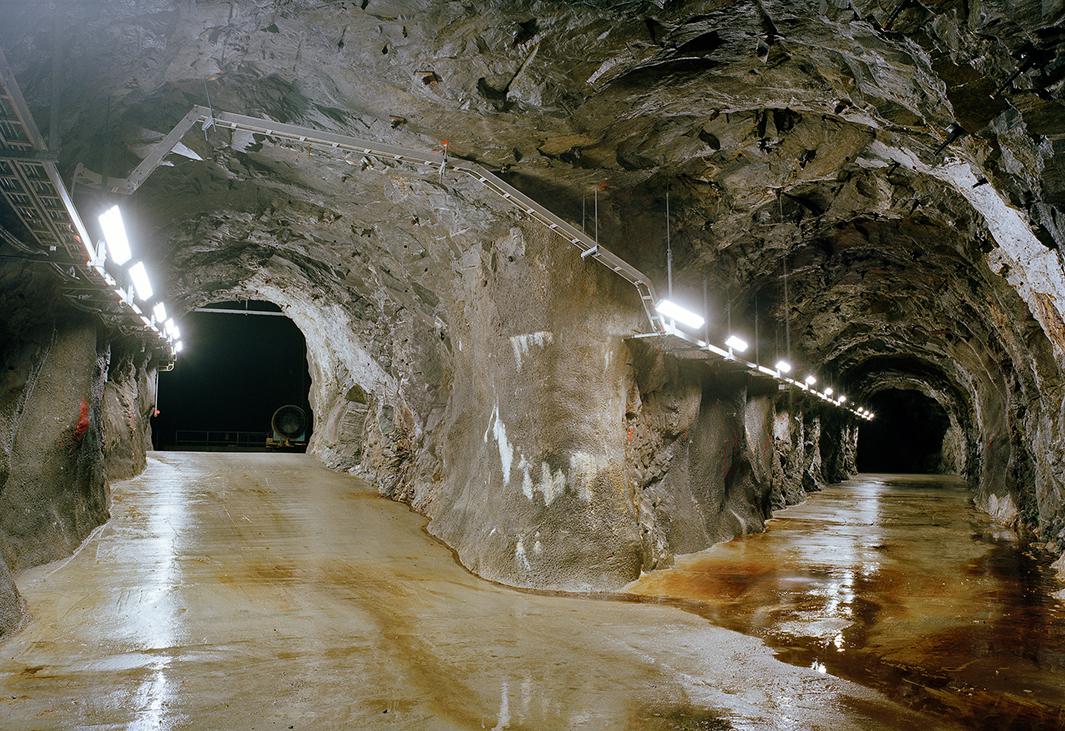
Wayne Barrar
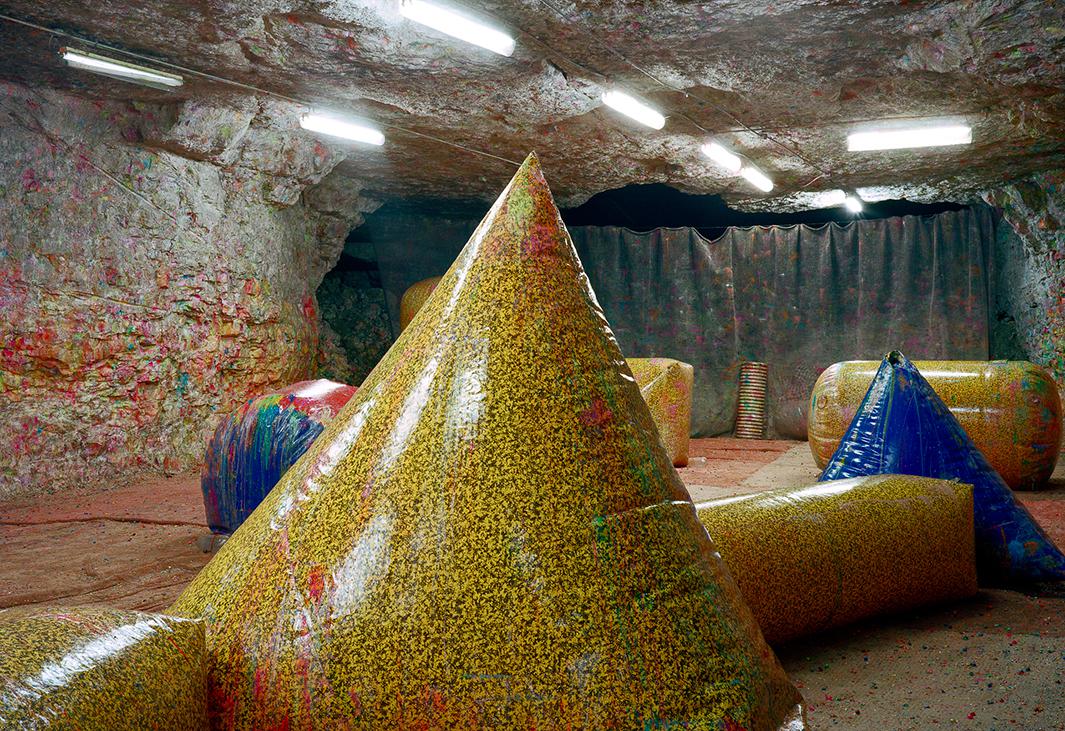
Wayne Barrar
